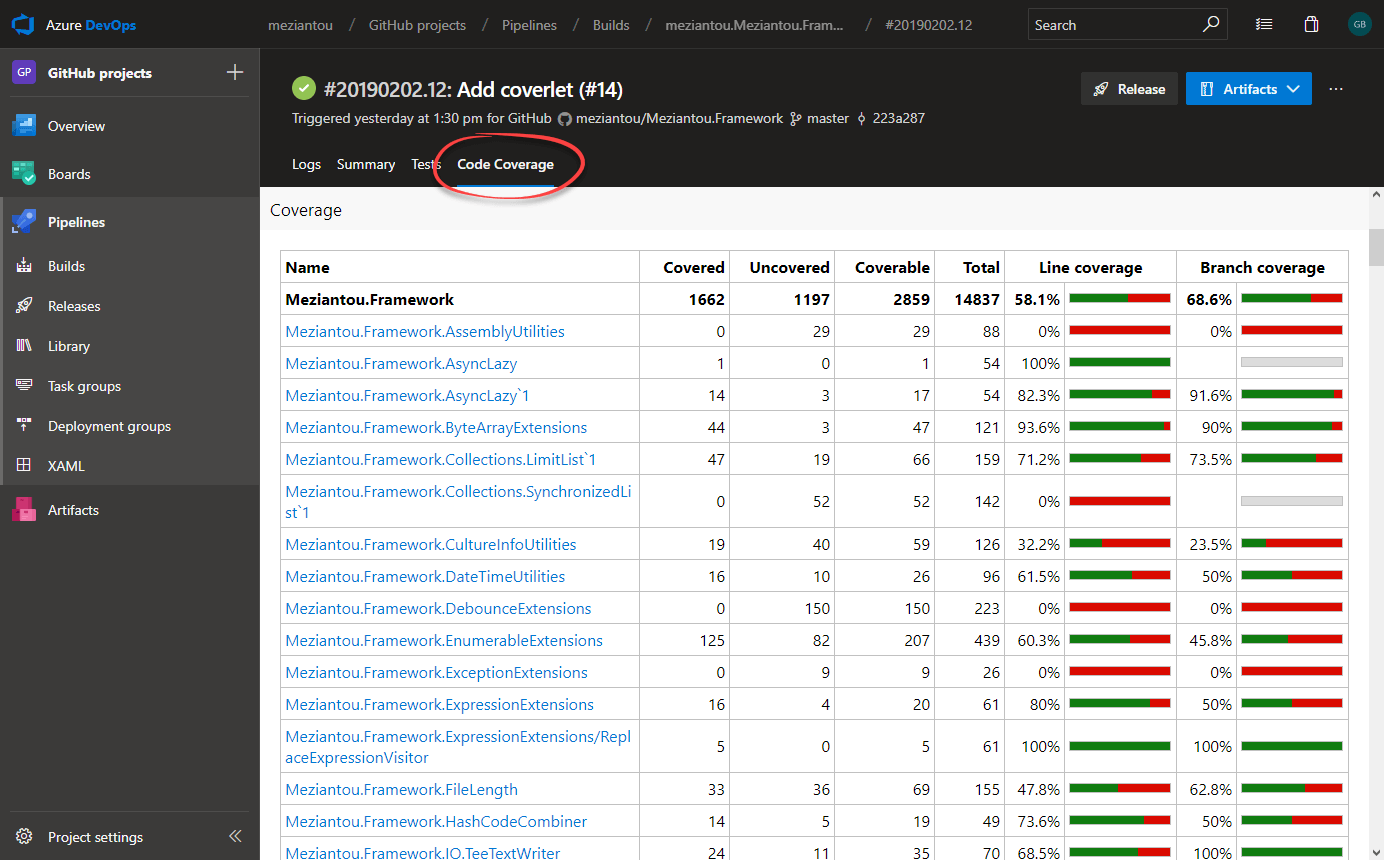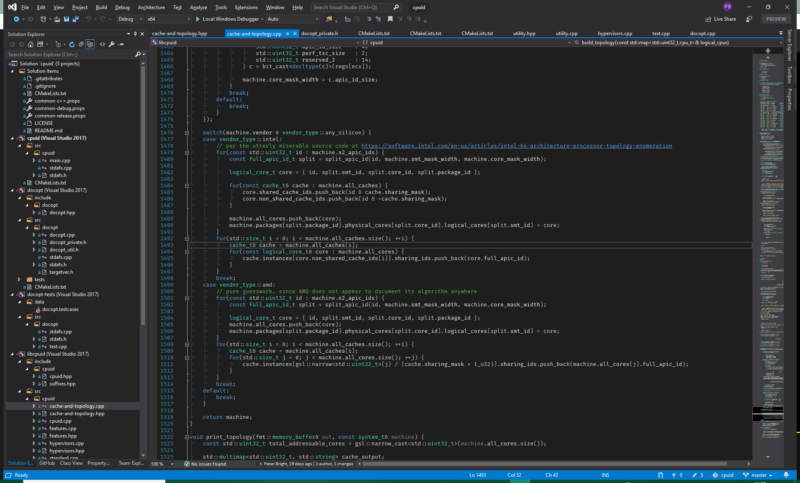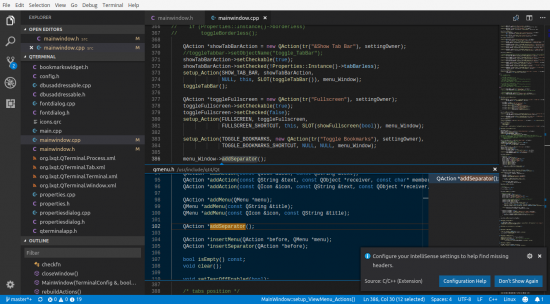

- Visual studio code coverage how to#
- Visual studio code coverage install#
- Visual studio code coverage professional#
- Visual studio code coverage windows#
However, if nothing specific to this version is used within tests, it will work with no problems, regardless of having installed NUnit 3.xx version. NOTE: as mentioned, OpenCoverUI does not support latest major version of NUnit (3.xx). You can also highlight code that is or is not covered (small icon in the top-left). It will output details such as Code Coverage in a tree based view.
Visual studio code coverage windows#
If it fails, check Output windows for more details.Ĭheck OpenCover Results (within OpenCover menu) for more details.

OpenCover Path: this should point to the installed package, usually \packages\OpenCover.4.6.519\tools\Īccess OpenCover Test Explorer from OpenCover menu.

This can be found only within NUnit 2.xx version, which can be downloaded from here. NUnit Path: must point to the `nunit-console.exe file. Code coverage is a measurement of how many lines of code are executed when a unit test suite is executed. This can be installed directly from Visual Studio by using Tools -> Extensions and UpdatesĬonfigure OpenCoverUI to use the appropriate executables, by accessing Tools -> Options -> OpenCover.UI Options -> General Integration with Visual Studio Code Coverage Overview.
Visual studio code coverage install#
Install OpenCover NUGet component using NuGet interface I will write step-by-step configuration for use with NUnit tests within Visual Studion 2015 Professional. However, it can be obtained quite easily.
Visual studio code coverage professional#
Hope this will help you to understand the code coverage and write better unit test.Toni's answer is very useful, but I thought a quick start for total beginners to test coverage assessment (like I am).Īs already mentioned, Visual Studio Professional and Community Editions do not have built-in test coverage support. Now if you run the code coverage tool again, you should get 100% covered blocks for all your code you have written. In this case of test method the if statement of actual code block will execute. To cover that part of code using your unit test, you can just add another test method that pass two negative values. As per our actual logic, which is nothing but testing the code with both negative parameters. Now, from this color highlighting you can see what part is missing from your unit test case. You can enable this feature by selecting the “ Show Code Coverage Coloring” option in the “ Code Coverage Results” dialog window.īy Selecting this option, once you navigate through the code block, the color highlights indicate which is The “ Code Coverage Analysis” tool provides an externally useful features by visually indicating the Covered, Partially Covered, Not Covered code block. This will give you a clear picture on which part of code you still need to check with your unit test. You can take a granular look of covered block by expanding the class – The coverage would display for individual methods. Which means, it does not cover all the code block. Here you can see the code coverage for “ mytestclass.dll” is around 84.62%. Once the test execution successful, Visual Studio calculate the code coverage and display it within “ Code Coverage Results” windows as shown in below image.
Visual studio code coverage how to#
If you look back to the first articles of this series of posts, How to write your very first Unit Test in Visual Studio using MSTest Framework easily ?, we wrote the following code block to add two positive number and corresponding unit test. By analyzing the result, we can determine if the code is tested for all certain scenarios or we need write more test cases to covers some of the scenarios for the code block.

Once you write the Unit tests in Visual Studio and manage them using Test Explorer, the next immediate job for you would be understand what code you have tested so far using the test cases ? Code Coverage let us determine which portion / section of the code has been tested. Understanding and maintaining the code coverage is one of the most important aspect of writing unit tests and ensures the code quality with respect to functional points.


 0 kommentar(er)
0 kommentar(er)
